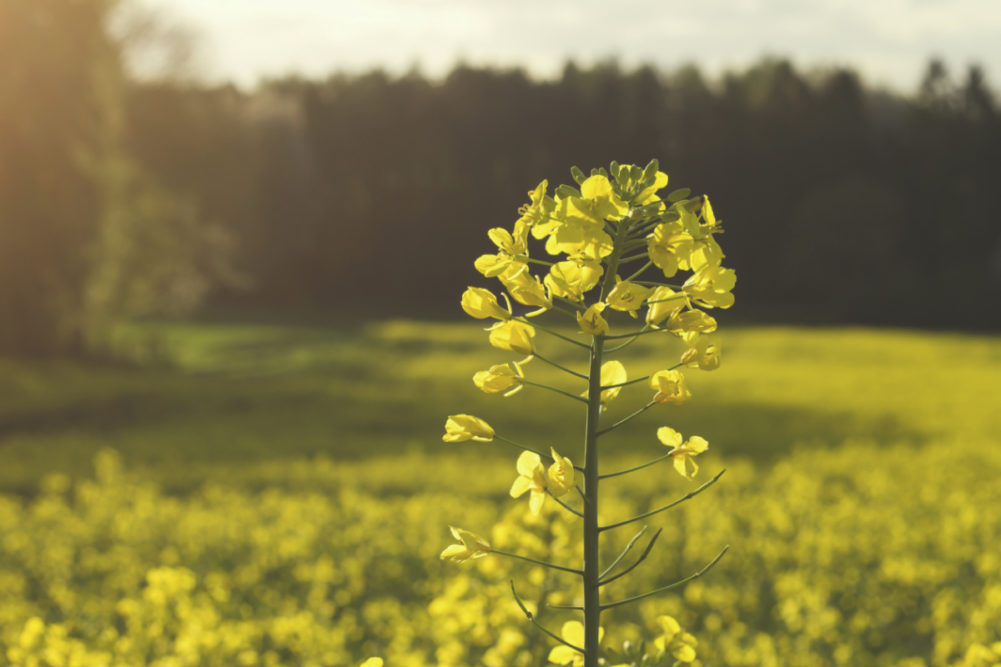LONDON, ENGLAND — While rapeseed planted area in the UK is expected to increase in 2022-23, it is still well below historic levels due to the loss of pesticides, yield issues and volatile input costs, according to a report from the Foreign Agricultural Service of the US Department of Agriculture (USDA).
Planted area is forecast to increase 17% from the previous year to 359,000 hectares but is still down from the high of 756,000 hectares in 2012.
“UK arable farmers are now assessing the risk of starting a rapeseed crop when input costs and market price are highly volatile,” the USDA said. “UK farmers are no longer constrained by the Common Agricultural Policy (CAP) and are expected to make planting decisions for all crops much closer to the planting season that previous years.”
Production is estimated at 1.1 million tonnes, an increase of 100,000 tonnes from 2021-22.
The UK is now a net importer of rapeseed oilseed, with low domestic production leading to increased imports of oilseed, meal, and oil. There is also an increase in feed substitution in the livestock sector to compensate and soybean is the main substitution.
Demand for rapeseed oil is the main driver for the rapeseed market in the UK. It produces oil for food use with a small quantity for industrial use. Rapeseed oil production is expected to increase in 2022-23, rebounding from a lack of labor during COVID-19.
The UK imports a significant amount of soybeans each year for crushing, which is expected to increase 6% in 2022-23 to meet demands from the livestock sector.
Feed use of soybean meal is expected to increase 3% with imports increasing to 2.4 million tonnes. The major supplier will be Argentina followed by the EU, the USDA said.
The Ukrainian crisis makes the global agricultural commodity markets, including the oilseeds market, volatile. The outlook for marketing year 2022-23 is highly uncertain and depends to a great extent upon developments in the Ukraine.




